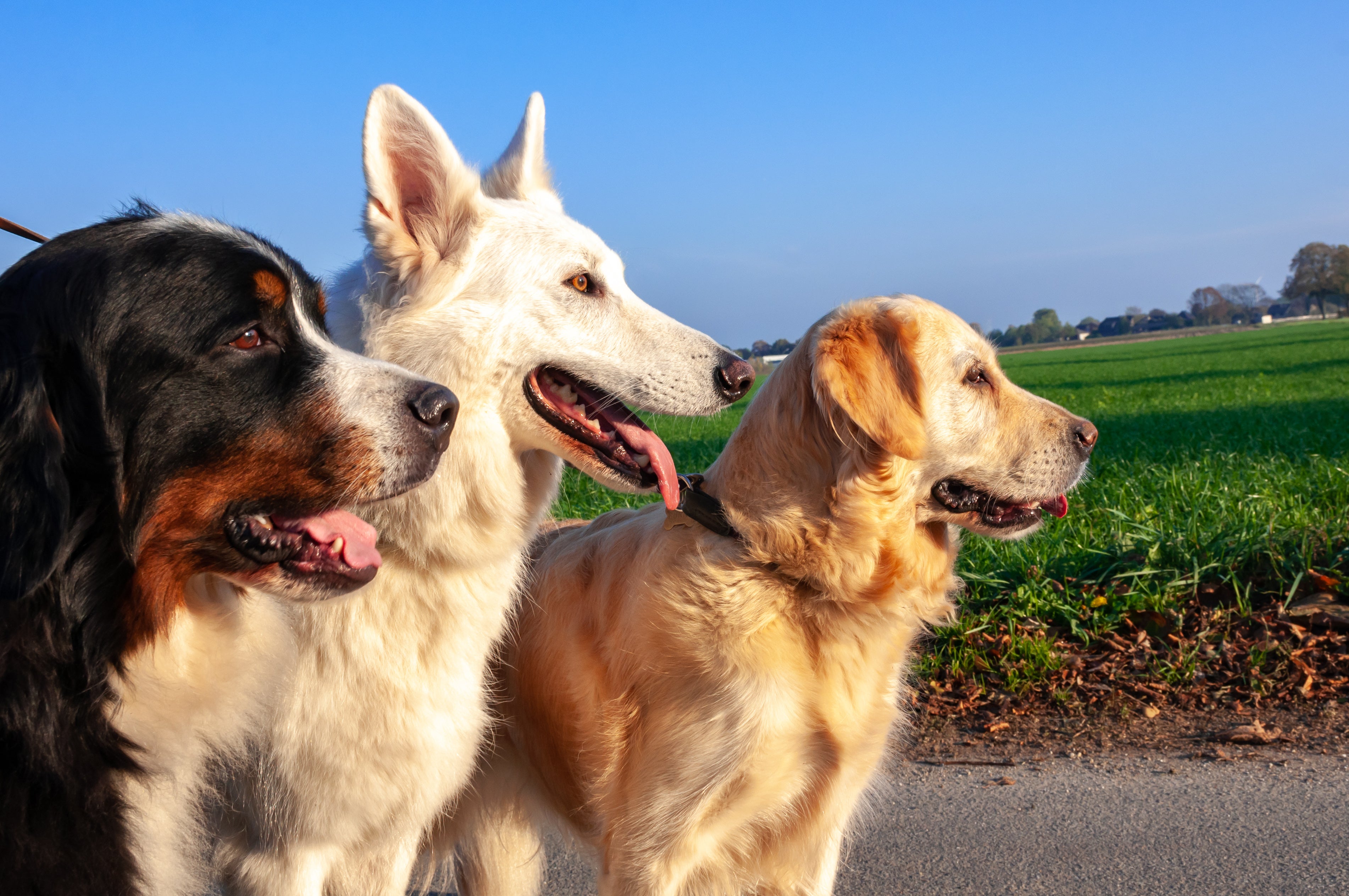Paw things: how to help your anxious dog
Share:
The pandemic unleashed an epidemic of anxiety in dogs. The experts advise patience, positive training and tasty treats. But will it work for John-Paul Flintoff’s pet?. When children get scared, we can explain that there are no sharks under the bed. Dogs, when they’re fearful, are harder to reason with. You may not realise how distressing this can be – and I don’t only mean for the dog.
![[‘The day-to-day difficulties of caring for a fearful dog is stressful and may involve making big changes’: animal behavioural scientist Dr Zazie Todd with one of her dogs.]](https://i.guim.co.uk/img/media/1237b2dafc3ccef82ff03afa6aa719be860624b5/0_359_6000_3600/master/6000.jpg?width=445&dpr=1&s=none&crop=none)
My own miniature schnauzer, Peanut, became fearful this year. Her case may not be as bad as many others, but she’s my dog and I want to help her. So I called the animal behavioural scientist Dr Zazie Todd, author of Bark! The Science of Helping Your Anxious, Fearful, or Reactive Dog.
![[Beagle cross.]](https://i.guim.co.uk/img/media/0f351a1237adbcc8f4c6d30f3b9ef91462ad6108/0_162_5683_3411/master/5683.jpg?width=445&dpr=1&s=none&crop=none)
Originally from Leeds, Todd now lives outside Vancouver, British Columbia, with her husband, cats and an elderly dog called Pepper. From her desk overlooking the woods, she helps dog owners all over the world through her blog, Companion Animal Psychology, her podcast and one-to-one sessions over Zoom. Typically, in these sessions, clients show her a video of problematic dog behaviour and she watches as they attempt to remedy it.
![[Basset hound.]](https://i.guim.co.uk/img/media/2b1a506169016100e7945259b4ff52c3b4620898/374_4_1991_2489/master/1991.jpg?width=445&dpr=1&s=none&crop=none)
As you might expect from a scientist, Bark! is encyclopaedic in scope and packed with references to new findings about animal behaviour. Dogs have always been susceptible to fears: of other dogs, separation anxiety, trips to the vet. But, says Todd, dogs today are living in an “epidemic of fear” that started in the pandemic. Reputable breeders, who set a limit on pregnancies, couldn’t meet soaring demand and unscrupulous breeders filled the gap with puppies whose mothers were likely to have experienced stress during pregnancy. Stress hormones may have flooded the puppies in utero, Todd says, and many will have been raised in barren environments or small cages, with few opportunities to play or socialise during the crucial period from three to 14 weeks after birth.
![[Angry Chihuahua.]](https://i.guim.co.uk/img/media/515a44dd5f441217bd91d217d84d68649913e4d0/0_208_4016_5016/master/4016.jpg?width=445&dpr=1&s=none&crop=none)






















